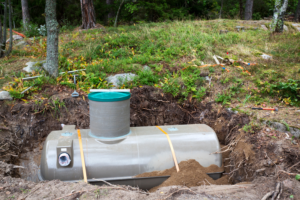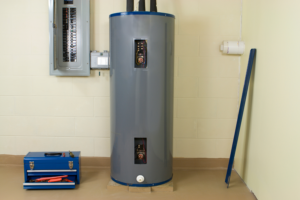With all the holidays, family and friends may be gathering at your home to enjoy the season together and to feast on way too much food – which can quickly lead to a clogged toilet situation. While a simple clogged toilet doesn’t necessarily require the services of a plumber to solve the problem, some clogs indicating a drainpipe breach or a septic system failure. While FloHawks Plumbing and Septic professionals, will be happy to come out on a holiday, at no extra charge to you, we’d like to let you in on a few tried and true ways you can be a hero and unclog your toilet this holiday season.
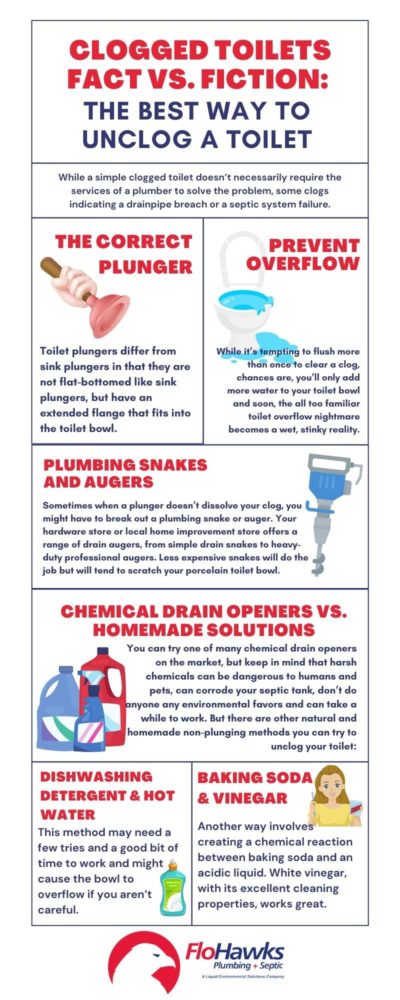
The Correct Plunger
According to almost all “how to” websites, the first tool you need on hand is a toilet plunger. Toilet plungers differ from sink plungers in that they are not flat-bottomed like sink plungers, but have an extended flange that fits into the toilet bowl. Some plungers double as both sink and toilet plungers, with a flange that folds into the plunger for use in sinks as well as toilets.
Prevent Overflow: Flush Once, Close Flapper, Turn Off Water Source
While it’s tempting to flush more than once to clear a clog, chances are, you’ll only add more water to your toilet bowl and soon, the all too familiar toilet overflow nightmare becomes a wet, stinky reality. Two options for keeping more water from entering your toilet bowl are:
- Wearing long, rubber, dishwashing gloves, remove the top of your toilet tank, reach in and close the flapper (that stopper looking thing attached to a chain), to keep water from entering the bowl. If you suspect your one flush will cause your bowl to overflow, keep your right hand ready to close the flapper, should water start to rise in the bowl when you push the handle down to flush with the left.
- Not interested in fishing around in your toilet tank? Just turn the water supply valve, located on the wall, at the back of your toilet until it clicks off. Once you turn the water off, you can flush with the remaining water in the tank, keeping in mind that you can close off the water flowing into the tank by closing the flapper, if need be.
Using The Plunger
Okay, so you’ve got your rubber gloves on, newspaper or old towels spread out on the bathroom floor around the toilet and the correct plunger. Let’s do this!
- Cover the entire mouth of the P-trap (the hole at the bottom of your toilet) with the plunger to make a tight seal.
- Press the plunger down once, slowly, releasing the air in the dome of the plunger. Then, showing your toilet you mean business, push down on the plunger aggressively several times without breaking the seal.
- Pulling the plunger up quickly, breaking the seal, the water should go down the drain and there it is! Clog cleared, problem solved. Keep in mind that it might take a few attempts to break up a stubborn clog.
Plumbing Snakes And Augers
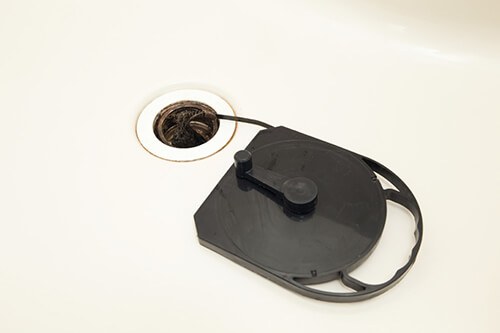 Sometimes when a plunger doesn’t dissolve your clog, you might have to break out a plumbing snake or auger. Your hardware store or local home improvement store offers a range of drain augers, from simple drain snakes to heavy-duty professional augers. Less expensive snakes will do the job but will tend to scratch your porcelain toilet bowl.
Sometimes when a plunger doesn’t dissolve your clog, you might have to break out a plumbing snake or auger. Your hardware store or local home improvement store offers a range of drain augers, from simple drain snakes to heavy-duty professional augers. Less expensive snakes will do the job but will tend to scratch your porcelain toilet bowl.
- Simply uncoil the wire end of the snake. Place the end into the drain.
- Extend the auger until you get to the clog.
- Move the snake in twisting and turning motions until you see the water start to drain.
Wet Vac That Clog
Another interesting way to clear toilet clogs gets the job done with a wet/dry vacuum cleaner. You can rent wet/dry vacuums at most home improvement, hardware, and grocery stores. Do not try this with your regular vacuum cleaner!
- Wrapping an old towel around the vacuum hose to create a drain seal, place the vacuum hose in the toilet drain and extract the water and the clog.
- You can tell the clog is gone when the water in the bowl drains or you can detect something solid passing through the hose. You may have to try this a few times.
Chemical Drain Openers Vs. Homemade Solutions
You can try one of many chemical drain openers on the market, but keep in mind that harsh chemicals can be dangerous to humans and pets, can corrode your septic tank, don’t do anyone any environmental favors and can take a while to work. But there are other natural and homemade non-plunging methods you can try to unclog your toilet:
Dishwashing Detergent And Hot Water
- Pour a teaspoon of dishwashing detergent into your toilet bowl. Don’t get carried away with the detergent, as a little does a lot.
- Leave drain as is for about ten minutes, while you bring a couple of gallons of water almost to a boil. Note: Boiling water could crack your toilet bowl, so heat to just under boiling.
- Carefully pour hot water into the toilet bowl from about waist height to create enough force to push the clog through.
This method may need a few tries and a good bit of time to work and might cause the bowl to overflow if you aren’t careful.
Baking Soda And Vinegar
One way to unclog drains involves creating a chemical reaction between baking soda and an acidic liquid. You can use lemon juice, but white vinegar, with its excellent cleaning properties, works great. Remember that volcano you made in science class?
- After scooping enough water out of the bowl, so the baking soda doesn’t get completely wet, pour about a half of a box of baking soda into your toilet bowl.
- Next, add a bottle of white vinegar. Pour white vinegar slowly, so you don’t get splashed when the baking soda starts to fizz.
- Allow the bubbling to work on the clog, about a half-hour, while you bring a pot of water almost to its boiling point.
- Pour hot water into the drain, slowly. When the water drains, you’re done. If the water drains slowly, repeat process until toilet flushes normally.
If none of these methods work, or if DIY isn’t your thing, contact a professional plumber. The clog may be further down the drainage pipe system. If water is backing up in your sink, lavatory, and bathtubs, you may have a breached pipe in your main sewer line going out of your home or a septic system.
Contact FloHawks Plumbing and Septic for clog and drain concerns and get back to your family gatherings with peace of mind.


